Portraits of a King
♛ Portraits of a King ♛
by Fitzg
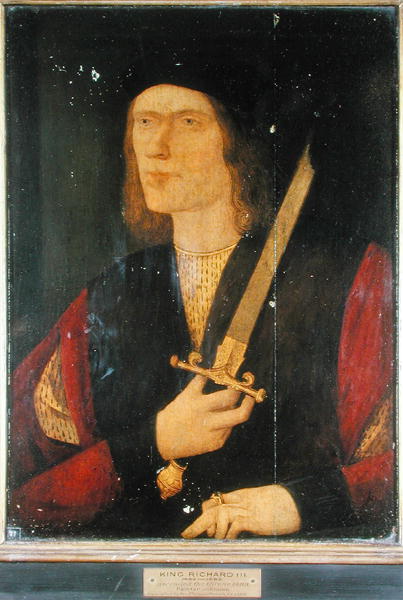

There are more than twenty portraits acknowledged to depict the last Plantagenet king of England.
These two are particularly of interest, as they are identified as mid- late sixteenth century copies of lost fifteenth century originals.
The dating of paintings is both science and art, incorporating history, details of costume, era, characteristics of brush strokes – and forensics, radio-carbon and dendrochronology dating. There is much in common with the identification of the Greyfriars, Leicester skeleton. In fact, it is tempting to surmise that the identification of bones is more exact than the identification of and dating of paint on canvas or wood panels. For one thing, DNA analysis doesn’t pertain to paint/wood/canvas. For another dendrochronolgy + radio-carbon dating are not necessarily exact.

Richard III – Broken Sword portrait (Source: Society of Antiquaries of London)
This has been dated to anywhere between 1518 and 1550. 1550 is favoured by some, as it was the time of publication of the “Sainted More’s” description of the hunchback with the withered arm. (Thomas More; 14 -15 , martyred by Henry (Tudor) VIII. More’s History of Richard III was influential in Shakespeare’s Richard III.) A broken sword can be interpreted as symbolic of failure; in a regal portrait, as symbolic of prematurely ended reign by violence, battle, deposition and usurpation. Note the narrow eyes, thin lips, deformed hand and somewhat clenched jaw. Obviously, not a trustworthy man….Richard III was an excellent target for Tudor propaganda reducing the usurped line of the Plantagenets to tyrants and debauches.

NPG 148; King Richard III by Unknown artist (Source: National Portrait Gallery)
This is my favourite portrait, as it was the inspiration for Josephine Tey’s detective in The Daughter of Time. As a result of Tey’s book, I was an ardent Ricardian for many years. Dendrochronology dates the work to c. 1590. Note the higher right shoulder suggesting some form of deformity in a portrait purportedly of the late Tudor era. (This format does not allow for graphically designing blood dripping from the highlighted name of Tudor….)
“There’s no art to find the mind’s construction in the face”.
Malcolm, act 1, scene IV MacBeth.
Perhaps not. Yet we will all react to immediate expressions in others as indications of their emotions in the moment. We will even designate a face in repose as “pleasant” or “shifty” or “mean”, or “benevolent” etc.
One of the contemporary (and considered to be most objective) descriptions of Richard III is that of “an itinerant knight from Silesia”. Niklas von Poppolau provided the following in his 1484 travel diary: “…a high-born prince, three fingers taller than I, but a bit slimmer and not as thickset as I am, and much more lightly-built; he has slender shoulders and thighs.” As with other contemporary descriptions, there is no reference to hunched back or withered arm.
Characters in The Daughter of Time react to the NPG portrait in sympathetic ways (to support the author’s thesis) to the question of the detective: what do you think of this face?
The Midget: “Liver.” A succinct nurse’s opinion.
The Surgeon: “Poliomyelitis.”
The Matron: “…the most desperately unhappy face that I have ever encountered…”
As to stature, the king was generally described as “small”. Professor Jo Appleby of the Leicester University team deduced from bone measurements that, without scoliosis, Richard III would have stood 5’8” (1.72m). The average male height today in North America is 5’8” – 5’10”. The degree of scoliosis reduced a man of good height to 1.61m. Definitely short with the spinal curvature.
As the king was continually described (as prince and king) as a great battle fighter, despite the slender build, also noted by Prof. Appleby, Richard III must have built up muscle, despite the pain of the pain of the disability. (A 15th century sword weighs between five and eight pounds. And both strength and balance must be adapted to the disability. Apparently, Usain Bolt also suffers from scoliosis.)
 NPG 148; King Richard III by Unknown artist (Source: National Portrait Gallery) |
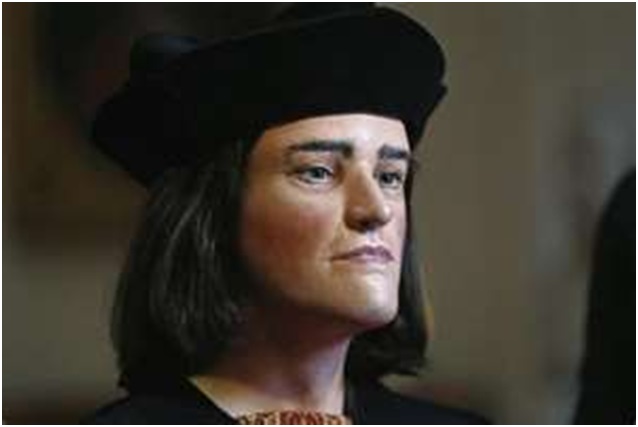 Richard III; skull reconstruction: Caroline |
Note the high cheekbones, prominent chin and not dissimilar set of the eyes and brows in these depictions. The nose of the portrait Richard is longer, with a shorter upper lip.
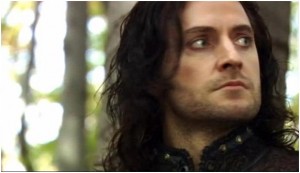
Richard Armitage (Robin Hood s3) – (Source: RANet.com)
The actor is clearly not a clone of either the portrait or of the reconstructed face. However, there is sufficient resemblance in the high cheekbones, prominent nose and delicately formed mouth for a convincing performance of the king. And many hope for the successful backing and funding for such a production to become a reality.
The perpetrator of this article descended down several rabbit holes in the process. I was sidetracked by:
- Fingerprint authentication of masterpieces;
- Dendrochronology – tree-ring dating….
- Questions pertaining to the effects of scoliosis, and the little information so far detailed by the Leicester project scientists…. more please!
- Niklas von Poppolau, “itinerant knight” from Silesia; invited to the court of Richard III; who was this man??? How did a foreign mere knight scrounge such an invitation???
It was sometimes difficult to remember what I thought was the focus of the article….but it was useful background.
SOURCES and REFERENCES
- Richard III: His Appearance; Carolyn Hammond, Richard III Society
http://www.richardiii.net.2_4_0_iii_appearance.php - Good King Richard? Jeremy Potter, 1983, reprinted by the Richard III Society
http://www.r3.org/bookcase/moremyth/html - Richard III: a study in medical misrepresentation. Isabel Tulloch for the Journal of the Royal Society of Medicine, Aug. 2009
http://jrsm.rsmjournals.com/content/102/8/315.full - Wikipedia – for general fact- and date-checking.
- Josephine Tey, The Daughter of Time; first published 1951 for some quotations.
This article was created by guest-blogger Fitzg !
– RIII-articles from the year 2012 – complete list of the year 2011 –
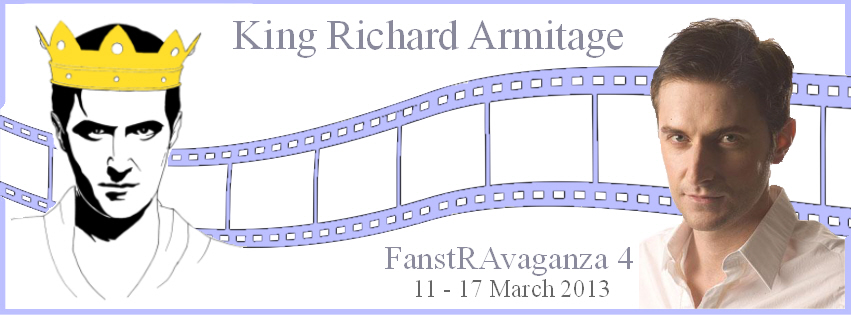



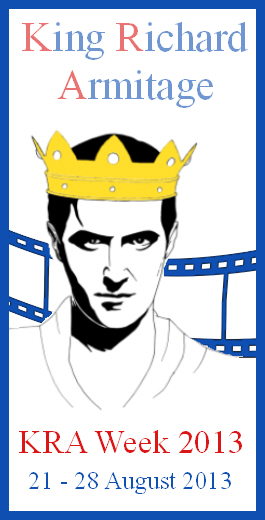
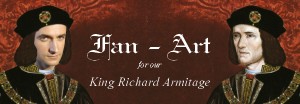
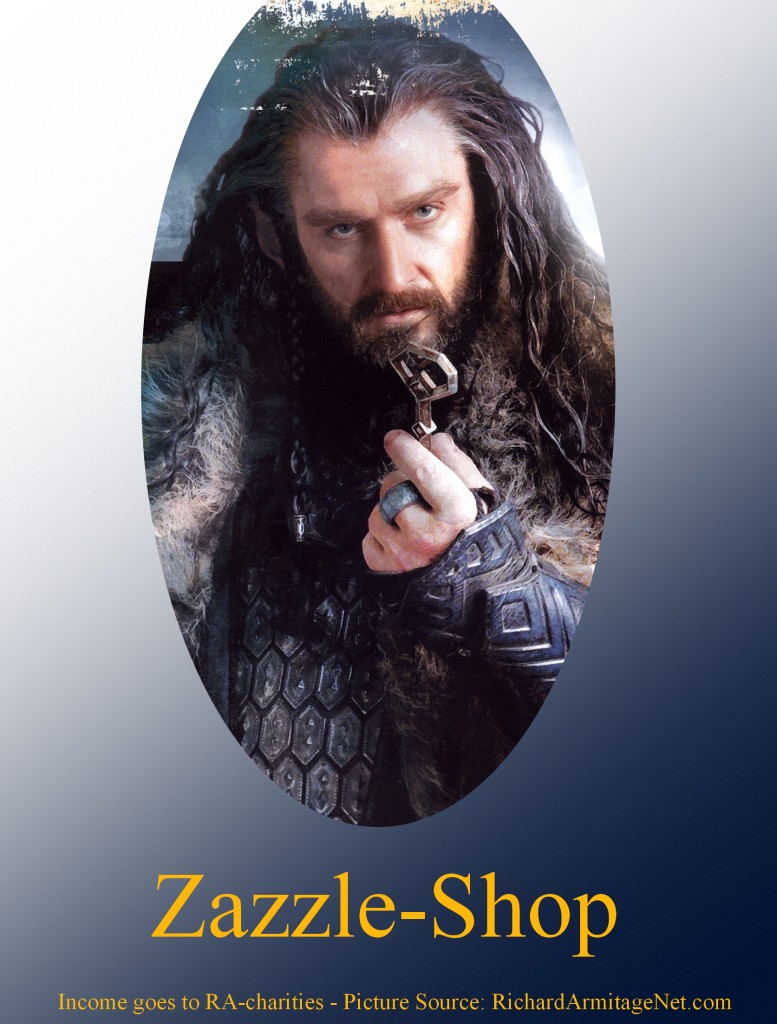
Pingback: Portraits of a King | FanstRAvaganza